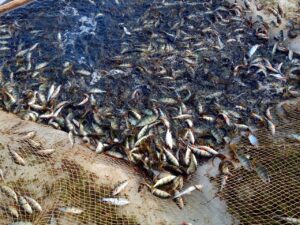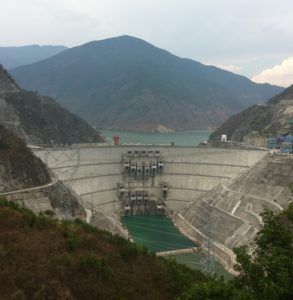Featured News
Hurricane season and resilience planning during the COVID pandemic
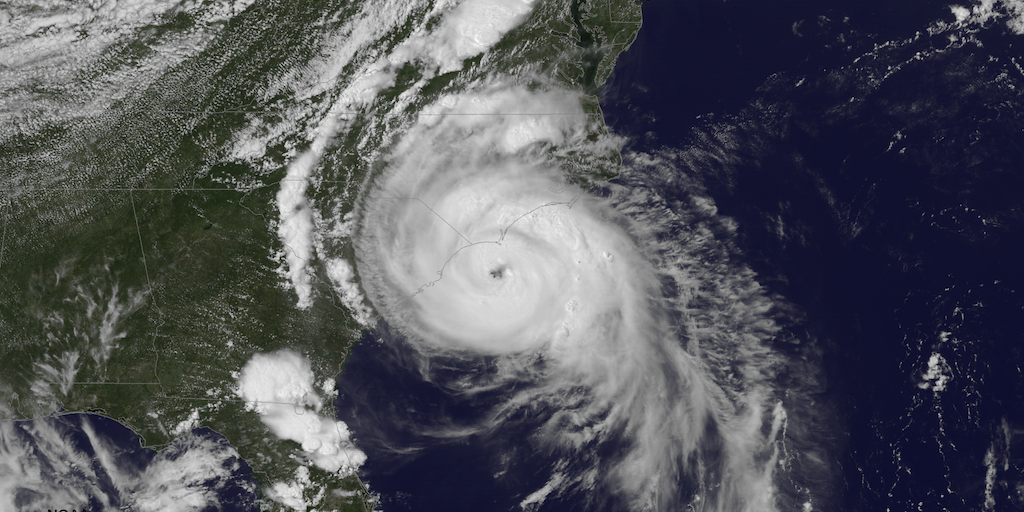
The impacts of climate change are not waiting for the COVID-19 pandemic to end. Hurricane season begins in the Pacific and the Atlantic on May 15 and June 1, respectively, and those countries most vulnerable to the impacts of these storms are also at risk from COVID-19. As the economic cost of the pandemic grows, the investments needed to build climate resilience are being reduced as resources are being diverted elsewhere.
Reports show that numerous U.S. States are moving to delay climate-related infrastructure projects because of COVID-19, which has slashed tax revenue and increased demand for emergency services. These delays come as the cost of natural disasters continue to rise. Social distancing procedures also pose a significant challenge to hurricane disaster response. In Florida, shelter space is being increased due to social distancing requirements.
Cyclone Harold, which hit the Pacific in last month, demonstrated the difficulties for Small Island Developing States (SIDS) in combating the twin threat posed by hurricanes and COVID-19. The category five storm made landfall in Solomon Islands, Tonga, and Fiji, killing dozens of people, flooding towns, and leaving many homeless. Last week, a typhoon hit the Philippines, leading to the evacuation of thousands to emergency shelters which can become overcrowded. While the Pacific region has been largely spared from the COVID-19 pandemic, both incidences show the complexity of maintaining social distancing guidelines in a post-disaster environment.
For all nations, the vulnerabilities caused by COVID-19 and climate are interlinked, and any resilience strategy to address climate change must take into account this changed landscape. In this new context, it is now more important than ever that climate resilience investments go where they are needed most. For the world’s most vulnerable coastal nations, climate investment mechanisms like the Green Climate Fund need to focus on coastal resilience now more than ever.
Billions projected to live in extreme heat zones by 2070
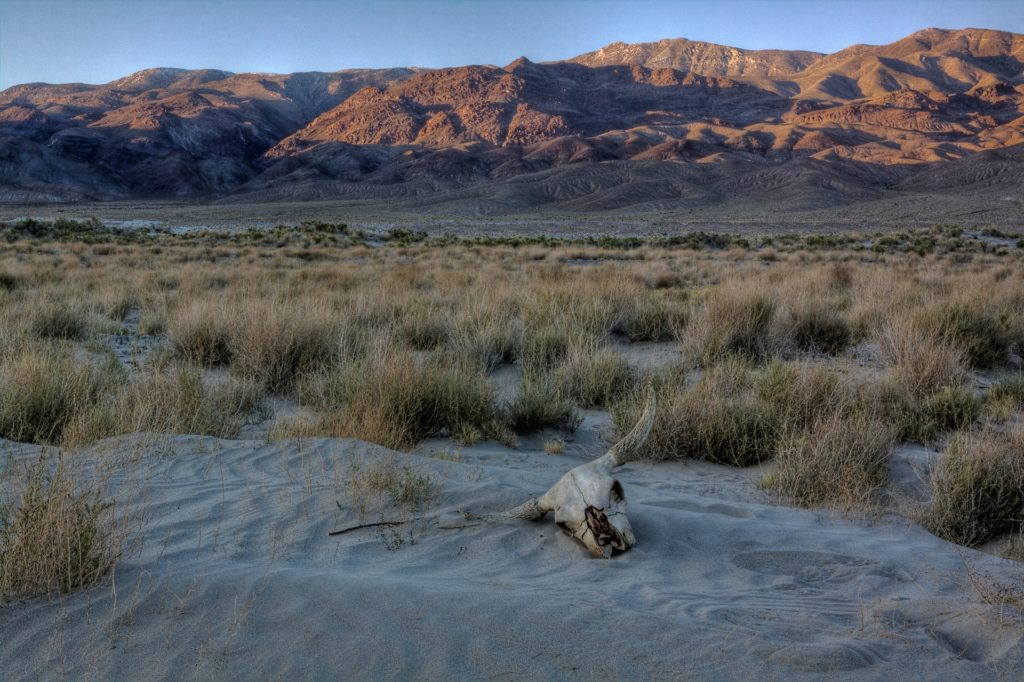
Rising temperatures over the next 50 years are projected to lead to one-third of the world’s population living in conditions considered to be uninhabitable without cooling technology. The assessment was published in the Proceedings of the National Academy of Sciences. If the current warming trends hold, extreme heat is expected to encompass large sections of Africa, Australia, India, the Middle East, South America, and Southeast Asia, and affect between 2 billion and 3.5 billion people. These areas coincide with developing countries that will experience the most rapid population growth.
Despite improvements in heating and cooling systems, historical analysis shows that humans have lived within a narrow temperature range for the past 6,000 years. The majority of people live in areas with mean annual temperatures of around 55 degrees Fahrenheit, with a smaller number living in areas where temperatures range from 68 – 77 degrees Fahrenheit. These temperatures allow human activity, like food production, to flourish. While warming could cause colder regions to become more suitable for habitation, larger parts of the world could warm beyond these temperature ranges. Without access to cooling technology, unmitigated warming may reduce average global income by 23% by 2100 and widen global inequality.
Argentina squid industry protests China’s Distant Water Fleet
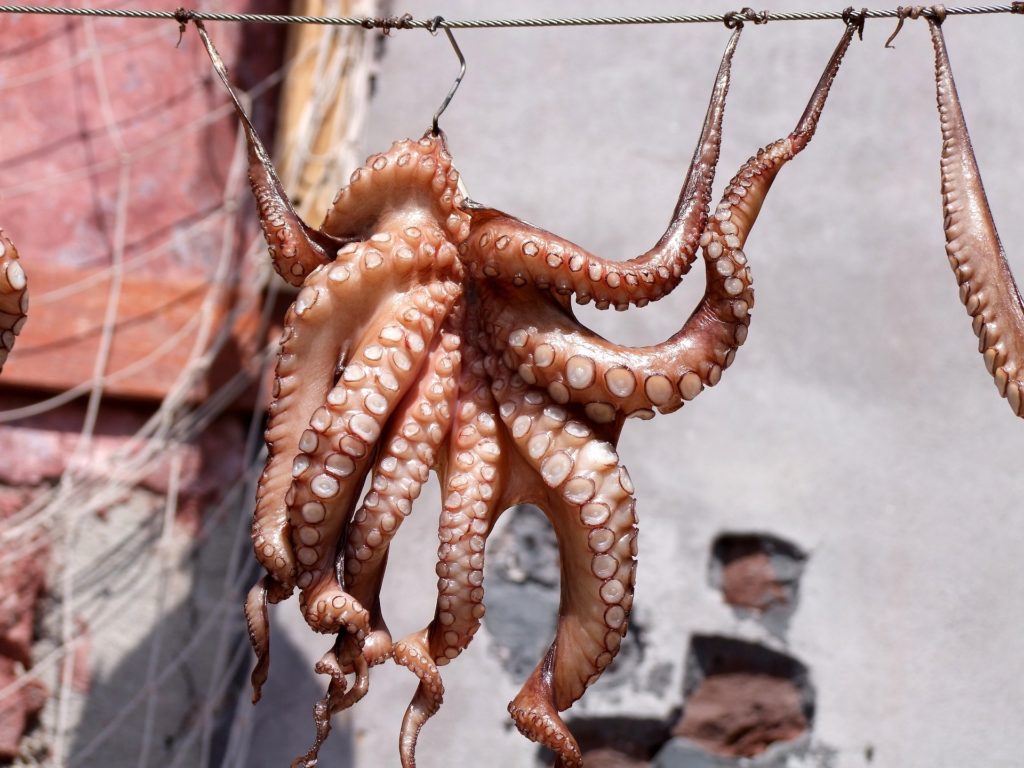
Argentina’s Fisheries Ministry has submitted a complaint to the Chinese embassy after over 100 Chinese vessels were found operating illegally in Argentina’s exclusive economic zone. One vessel, Lu Rong Yuan Yu, turned off its fishing lights and AIS satellite identification system and headed for international waters when confronted by the Argentinian Coast Guard. In response, Argentina deployed spotter planes alongside its navy vessels to ramp up monitoring and enforcement.
One week later an Argentinian Coast Guard vessel arrested a Chinese jigging vessel, Hong Pu 16, for fishing inside Argentina’s EEZ with its fishing lights on, gear deployed and its AIS switched off. It held approximately 700 tons of fresh produce and 300 tons of frozen fish.
These incidents comes as China drafts a new distant water fisheries management system. Proposed by China’s Ministry of Agriculture, the new system is designed to ensure that Chinese fishing vessels are compliant with rules by the world’s regional fishery management organizations. The new system would also require seasonal fishing closures, human observer and electronic monitoring coverage, and a call for more active management of the global squid fishery by regional fishery management organizations.
If passed, this proposed system would restrict Chinese vessels fishing for squid in the South Atlantic fishing grounds. More broadly, China’s distant water fishing (DWF) fleet accounts for approximately 40 percent of global DWF activity, and this new system has the potential to improve the transparency across China’s entire DWF fleet. However, more information is needed to determine how the proposed system would be implemented and enforced.
In Case You Missed It
Southwest U.S. faces one of its worst droughts in history

The ongoing twenty-year drought in the American Southwest is among the worst the region has faced in the past 1,200 years. Tree ring reconstructions of past climate conditions reveal only one drier period. As the current drought began in 2000, scientists believe that the Southwestern region is likely experiencing a megadrought, a severe dry period persisting over several decades or longer. These dry conditions have fuel wildfires and threaten water supplies in the region. The Rio Grande river has already started to dry up during the hot summer months, and the area’s low soil moisture heightens the risk of wildfires. With rivers in bad shape and last winter’s snowpack the second lowest on record, farmers in the region must hope for monsoon rains.
Compounding emergencies in Somalia
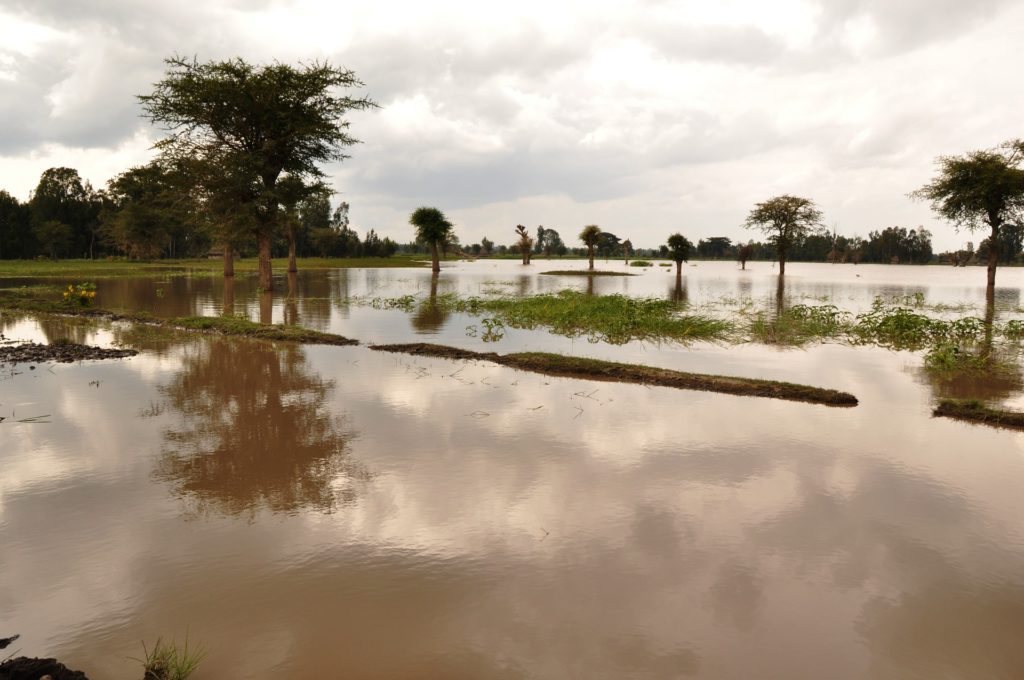
When emergencies occur at the same time, the impacts to fragile states like Somalia can be greatly exacerbated. In addition to the ongoing decades-old civil war, over the last few months Somalia has had to contend with coronavirus, heavy floods, and desert locusts. These disasters have crippled the economy and combined to displace 220,000 people since the start of 2020. In a country with 2.6 million internally displaced persons, natural disasters are a major driver of displacement and threaten the safety and welfare of Somalians. Recent flash floods in central and southern Somalia have displaced 90,000 people, and the situation is expected to worsen as heavy rains continue. UNHCR has appealed to the international community to deliver a strong and coordinated response to meet growing humanitarian needs.
Mauritanian fishing company courts Chinese investment despite controversial 2010 fishery access deal

A fishing company in Mauritania, Pêche Commerce Armement PCA Sarl, is courting Chinese investment, despite an ongoing corruption investigation. The investigation stems from agreements signed by former President Abdel Aziz, including a 2010 deal with a Chinese firm for access to Mauritanian territorial waters for a 25-year period. This proposed investment comes as Mauritania looks to penetrate the Chinese, European, and African seafood markets. Pelagic species are abundant in Mauritanian waters and can help bolster fishmeal and fish oil production. However, others have raised concerns about the long-term sustainability of this industry, citing lax and irregular relations.
Chinese vessels in Japanese territorial waters
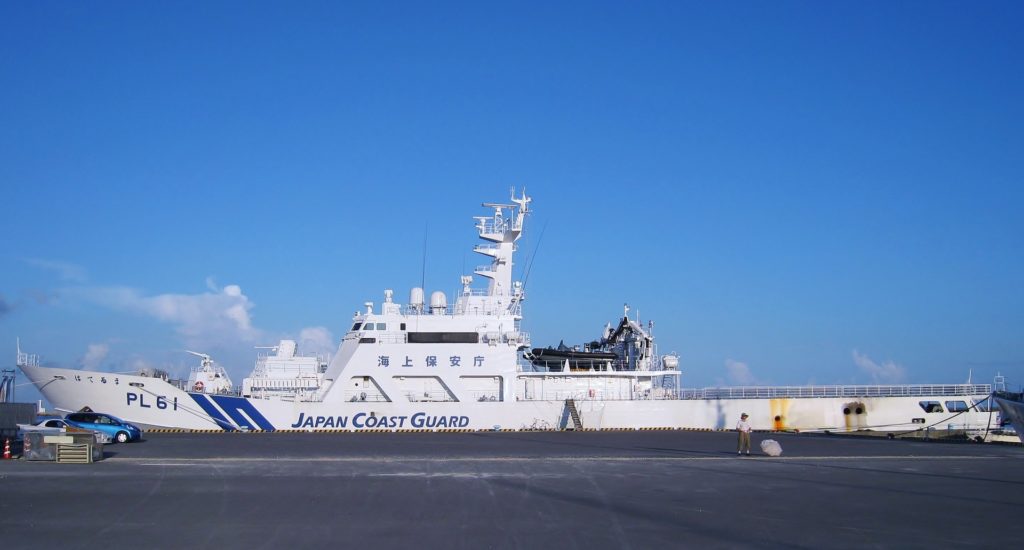
Two Chinese Coast Guard ships pursued a Japanese fishing boat in waters off the Senkaku Islands in the East China Sea. The Senkaku Islands are jointly claimed by Japan, China, and Taiwan. In response, Japan deployed a patrol ship to safeguard its fishing boat, but there was no further escalation of the conflict. Four Chinese Coast Guard ships were spotted in the disputed territorial waters, but only two pursued the Japanese fishing vessel. This is now the seventh intrusion of Chinese ships in Japanese waters thus far this year. In response to these incursions, Japan has lodged a formal protest against China. This most recent confrontation is part of a pattern of increasing tension in the South China Sea.


